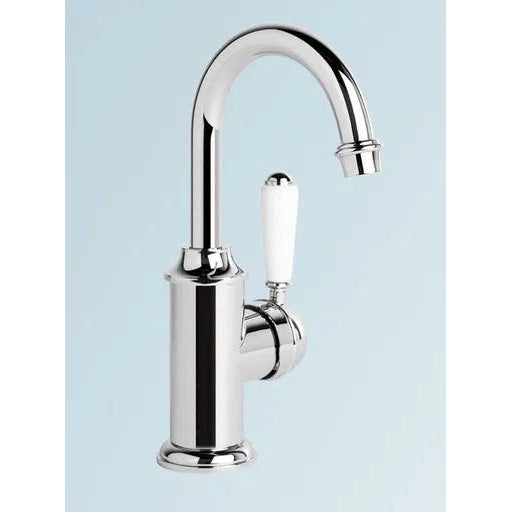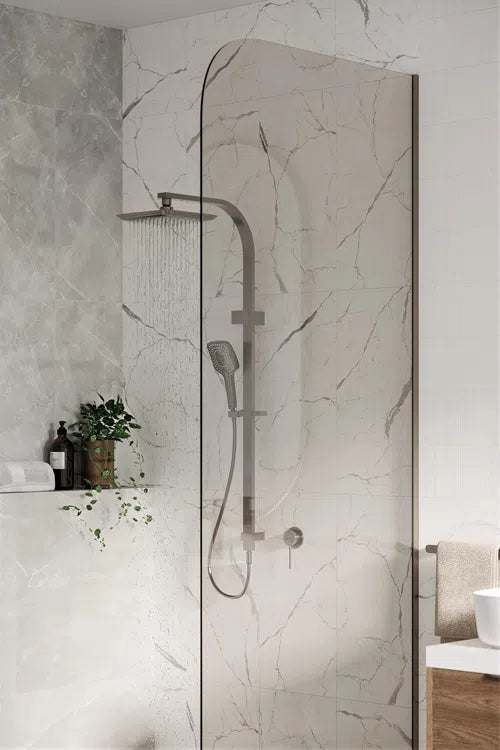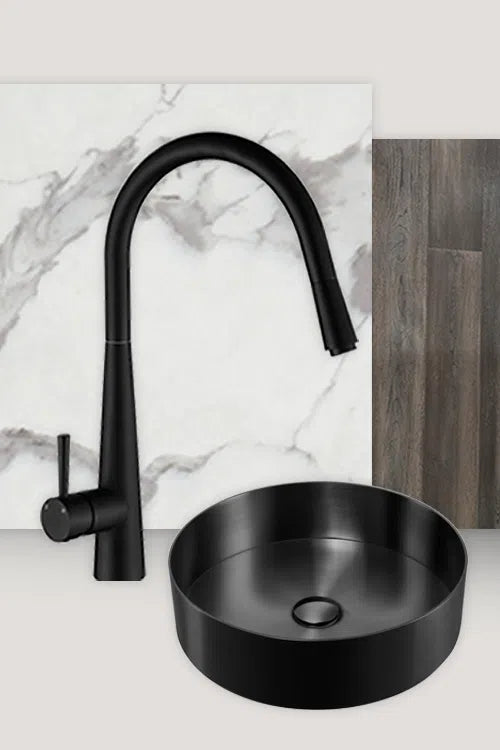

Try before you buy
Purchase a sample from our range and receive a reimbursement when you upgrade to a full-priced item over $150 from the same brand!
Shop Samples

Free Delivery
Spend $150+
Get your tapware delivered free! Spend $150 or more and enjoy complimentary shipping on your order.
Shop Tapware
Designer Bathroom Brands

EXPERT ADVICE
Ask Our Team
Meet our dedicated specialists in bathrooms, kitchens, & laundry, ready to ignite your renovation dreams and streamline your project. Contact us now & let's make your vision a reality!
Shop Kitchen
Specialist Kitchen Brands

FREE Consultations
Need Design Advice?
Schedule a FREE Consultation in one of our 6 showrooms.































